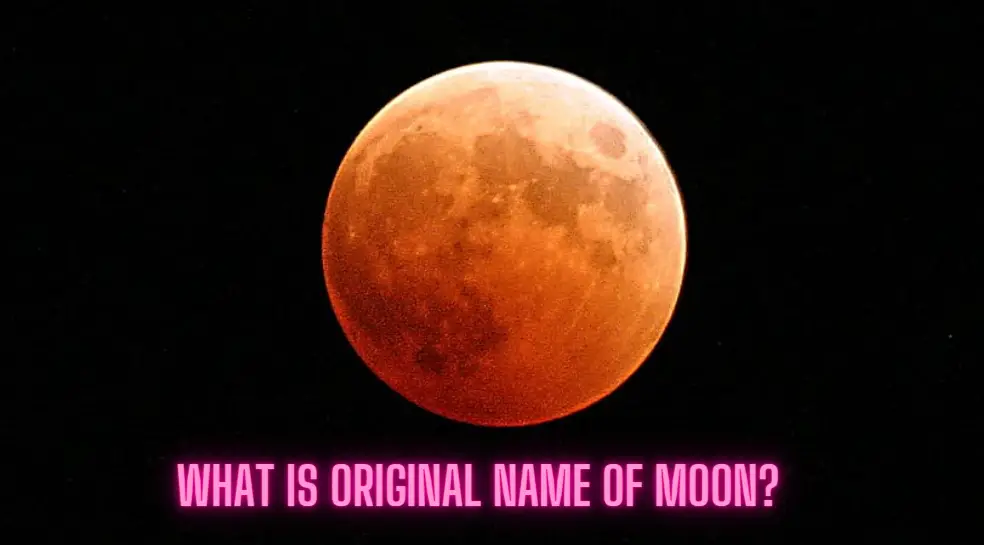Introduction
Since the beginning of recorded history, people have been fascinated by the Moon, which is Earth’s sole natural satellite. The Moon has been an essential factor in the development of human culture, spirituality, and the scientific curiosity that drives people today. Its soft radiance softly illuminates the night sky, and its deep influence on the tides of the Earth. However, the answer to the question of what the Moon was called in its earliest incarnation can be found buried deep into the annals of human history and mythology, creating an air of mystery and intrigue. In this post, we set out on an adventure to discover the mystery behind the first name given to the Moon.
Ancient cultures and their mythologies
Throughout the course of human history, numerous civilizations have placed their own distinct names upon the Moon. These names often reflect the cultural and religious ideas that were prevalent at that era. In ancient Greek mythology, the Moon was referred to as “Selene,” and it was personified as a goddess who moved through the night sky while exuding a beautiful ethereal glow. In Roman mythology, the moon was connected to the goddess “Luna,” who was thought to be the identical twin sister of the god Sol (the sun).
The Moon is referred to as “Chandra” in Hindu mythology, and it is regarded as one of the nine heavenly bodies that are responsible for determining how astrological forces play out. The ancient Chinese referred to the Moon as “Yue,” which is a symbol of femininity and elegance. On the other hand, the ancient Egyptians adored “Thoth,” who was the god of learning and knowledge and was intimately related with the Moon.
Native American Points of View
The Moon is known by a variety of different names and has been interpreted in a variety of different ways by indigenous cultures all over the world. Native American communities, like the Lakota Sioux, referred to it as “Hanhepi Wi,” which literally means “Night Sun.” The Inuit people of North America referred to the Moon as “Aningan,” which is the name of a divinity that guided them in their activities of hunting and navigation. The aboriginal people of Australia frequently used the word “Yhi” to refer to the moon, and they established a connection between the Moon and the beginning of life and the natural life cycles.
Scientific Nomenclature
Since the dawn of the modern era, the word “Moon” or “Luna” (derived from the Latin word for Moon) has been the most common way to refer to the celestial body that we call the Moon. It is believed that the name “Moon” originates from the Old English word “mona” or “monan,” showing a connection to the Germanic languages of the past.
The International Astronomical Union (IAU), which is the institution that is responsible for the naming of celestial bodies, employs the term “Moon” as the official name for Earth’s satellite. This helps to differentiate it from the moons that orbit the other planets in our solar system.
The Riddle That Will Never Be Solved
In spite of the many names that have been used to refer to the Moon throughout history, the idea of an authentic name continues to be difficult to pin down. The Moon’s history is older than documented human history, but its first name, if it ever had one, has been lost in the mists of time. The Moon’s presence has become a universal symbol that has captivated the imagination of humanity over the course of millennia, transcending the boundaries that separate individual civilizations and religions.
Conclusion
The first name given to the Moon has been lost to the mists of time and the myriad of different cultures that have observed its dazzling surface over the course of human history. There are many different names for the moon, each of which reflects the distinctive worldviews and beliefs of a particular culture. These names may be found in the myths of ancient Greece and Rome, as well as in the indigenous beliefs of Native Americans and other cultures from across the world. Even if the scientific world has settled on the word “Moon” as its official designation for the celestial body, the unfathomable background of the name that was first used to refer to it continues to captivate people and fuel the never-ending quest for information about our celestial companion.
![]()
